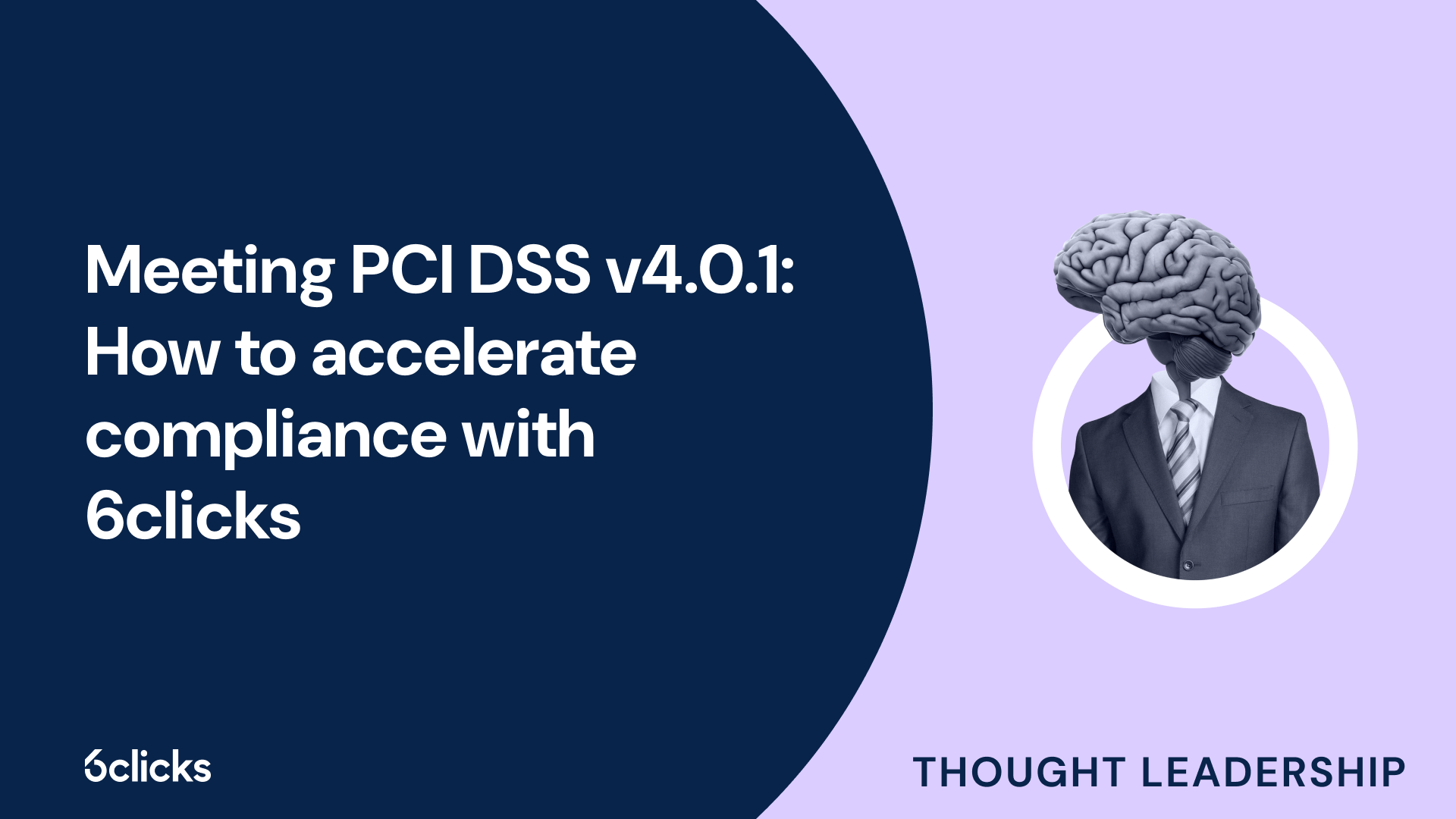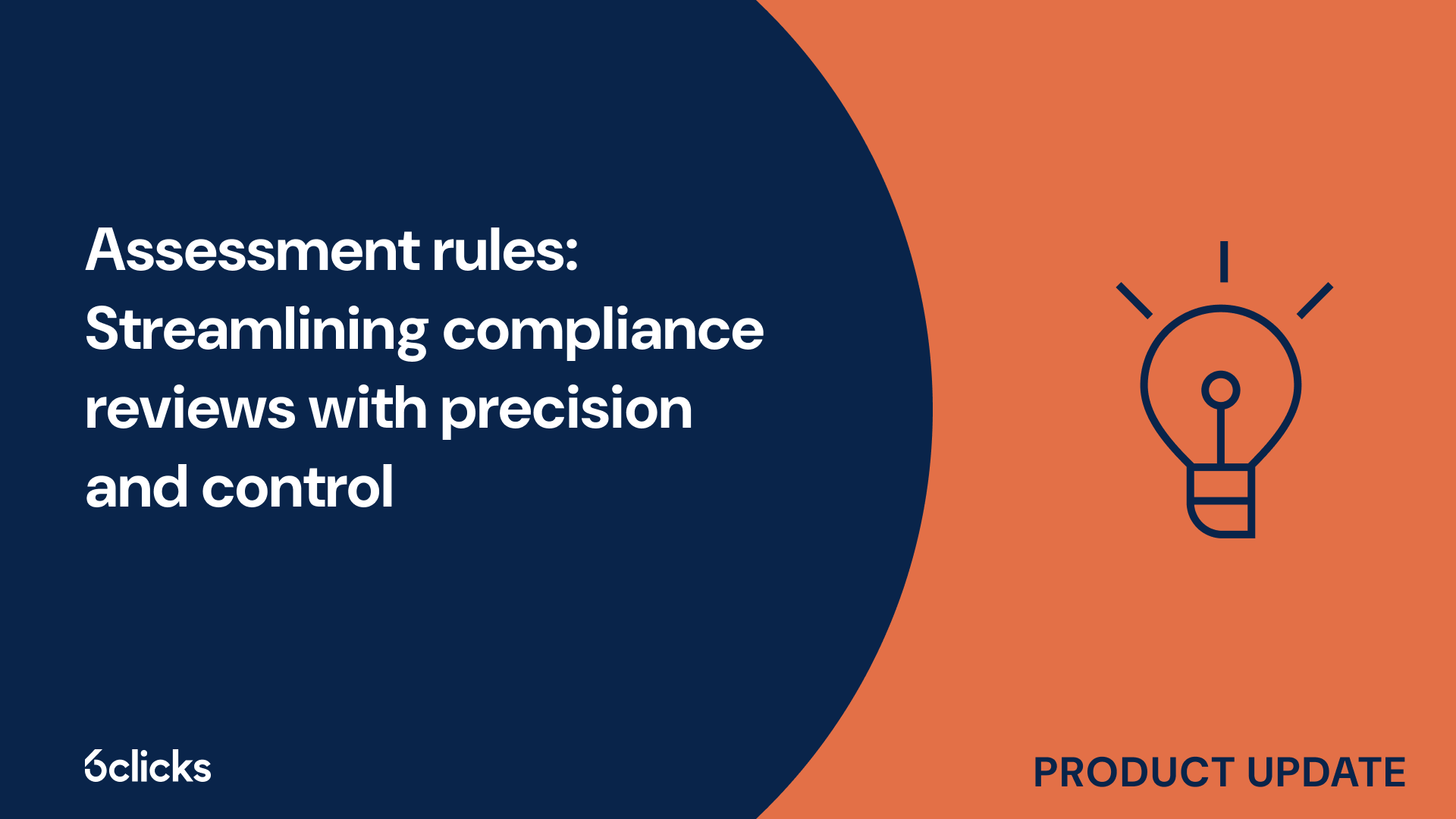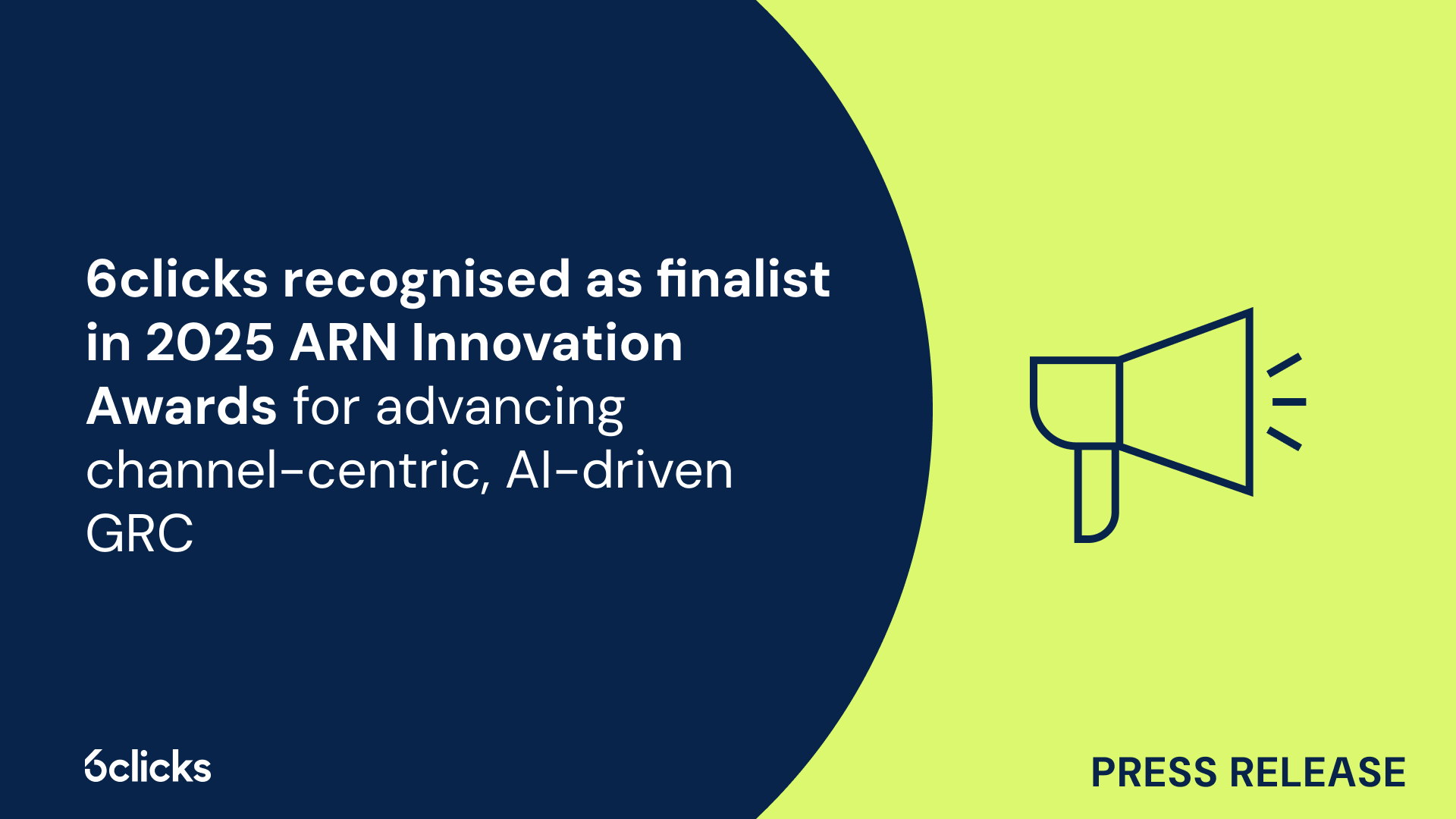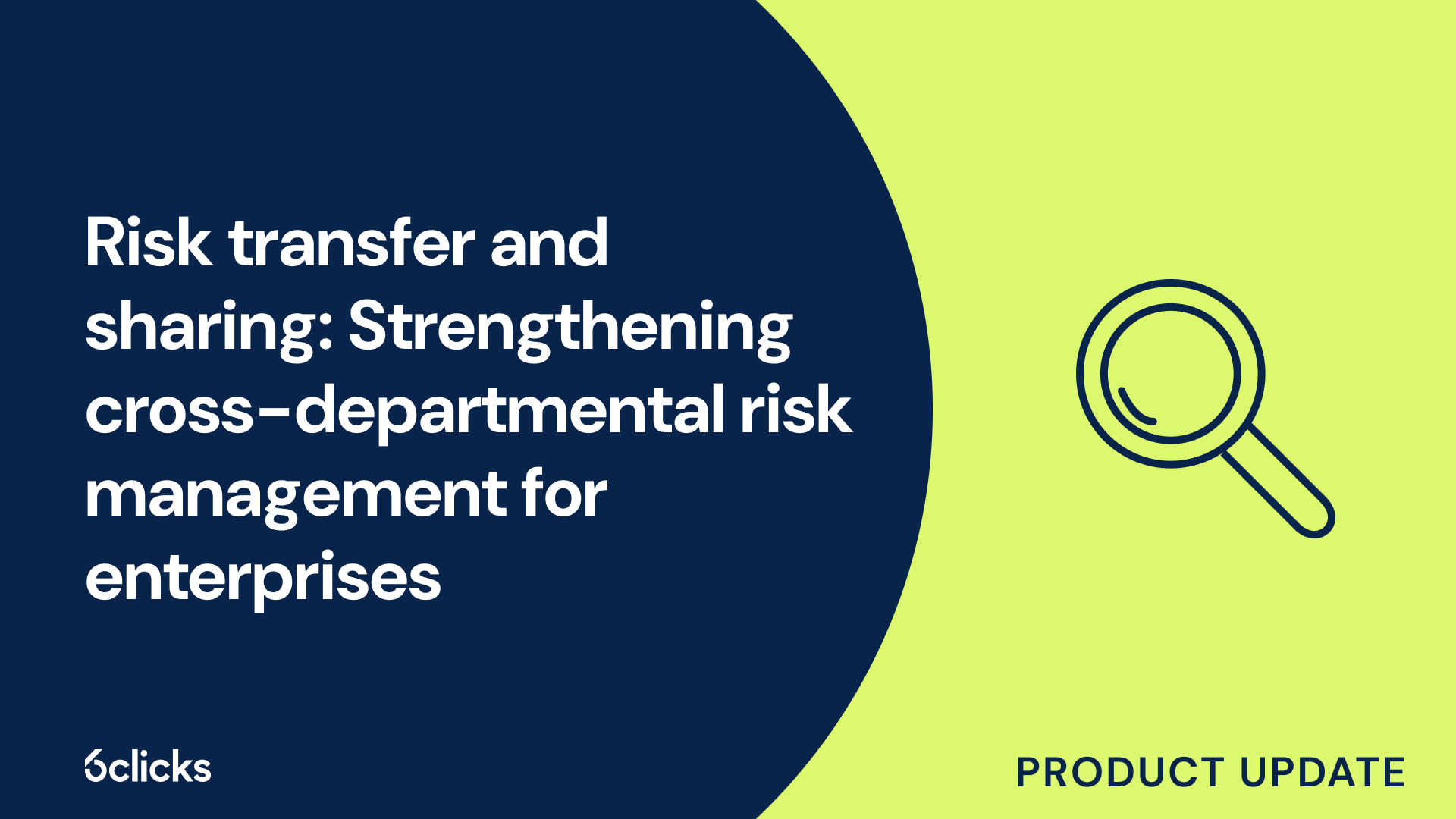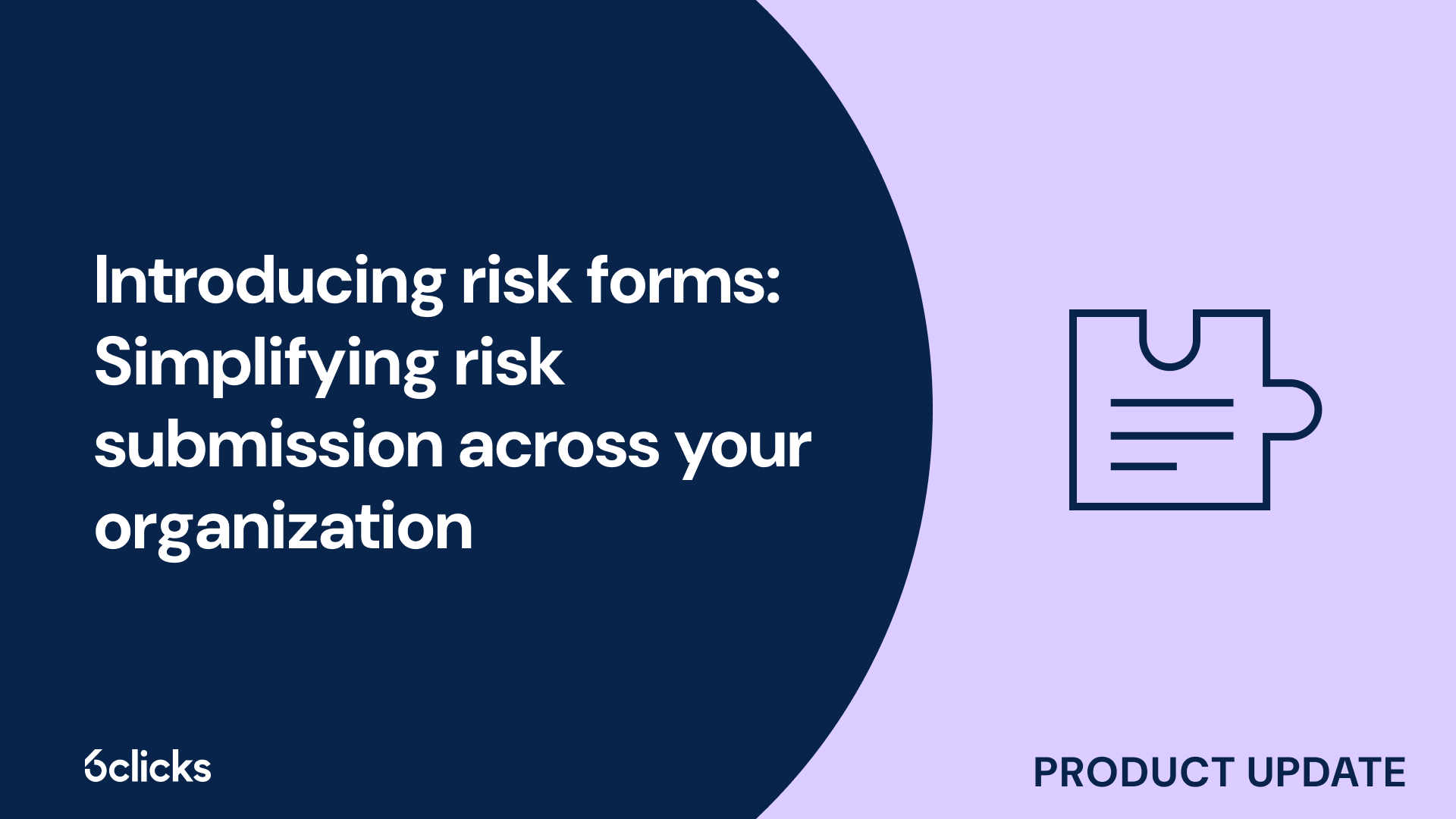The GRC buyer’s guide for 2025: Building resilience with AI-powered, federated solutions
Discover the ultimate GRC buyer's guide for 2025! Uncover how AI-powered, federated solutions transform compliance and security management for industries like government, aerospace, banking, and more. Learn about centralized control, continuous compliance, and advanced cyber GRC capabilities. Download now!
-1.png?width=200&height=249&name=Group%20193%20(1)-1.png)
The GRC buyer’s guide for 2025: Building resilience with AI-powered, federated solutions
What is the first step in the risk management process?
Risk management is an essential process in any business, project, or organization. It helps identify, analyze, and mitigate potential threats that could impact objectives, operations, or financial stability. While the process consists of several crucial steps, the first step in risk management is risk identification. This step lays the foundation for the entire risk management framework and ensures that organizations are aware of potential threats before they become significant problems.
Understanding risk identification
Risk identification is the process of recognizing and documenting potential risks that could affect an organization or a project. It involves gathering information from various sources to anticipate challenges, threats, and uncertainties. This proactive approach allows businesses to prepare in advance and develop strategies to manage risks effectively.
The goal of risk identification is not only to list risks but also to understand their nature, sources, and possible consequences. Without proper identification, businesses may overlook critical threats, leading to unexpected disruptions or financial losses.
Importance of risk identification in the risk management process
Risk identification is crucial because it sets the stage for the subsequent steps in the risk management process. If risks are not correctly identified, they cannot be analyzed, evaluated, or mitigated effectively. Here’s why risk identification is essential:
- Prevention of financial losses – By identifying risks early, businesses can take preventive measures to avoid potential financial setbacks.
- Improved decision-making – Knowing possible threats allows managers to make informed decisions and develop strategic plans.
- Regulatory compliance – Many industries have regulatory requirements that mandate risk management practices. Identifying risks helps ensure compliance with legal and industry standards.
- Enhanced business continuity – Recognizing risks in advance allows organizations to implement contingency plans, reducing the impact of disruptions.
- Efficient resource allocation – When risks are identified, businesses can allocate resources efficiently to address the most critical threats.
Methods of risk identification
Organizations use various techniques to identify risks effectively. Some common methods include:
- Brainstorming – Engaging teams in discussions to identify potential risks based on experience and expertise.
- SWOT analysis – Assessing Strengths, Weaknesses, Opportunities, and Threats to uncover internal and external risks.
- Expert opinions – Consulting industry experts, consultants, or specialists to gain insights into potential threats.
- Historical data analysis – Reviewing past incidents, project reports, and industry trends to predict future risks.
- Interviews and surveys – Gathering input from employees, stakeholders, and customers to identify concerns.
- Checklists – Using predefined risk checklists to ensure all possible risks are considered.
- Process flow analysis – Examining workflows and operational procedures to detect vulnerabilities.
Common types of risks identified
When conducting risk identification, organizations often categorize risks into different types, such as:
- Strategic risks – Risks related to business decisions, market competition, and industry trends.
- Operational risks – Risks arising from internal processes, technology failures, or human errors.
- Financial risks – Risks associated with market fluctuations, investments, and economic changes.
- Compliance risks – Risks related to legal obligations and regulatory requirements.
- Reputational risks – Risks that can damage a company’s brand, customer trust, or public perception.
Summary







